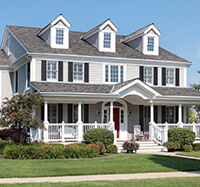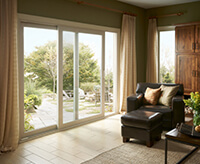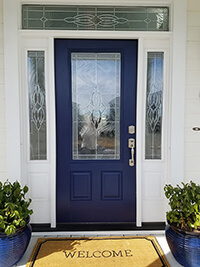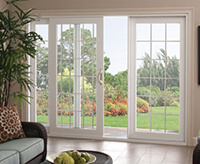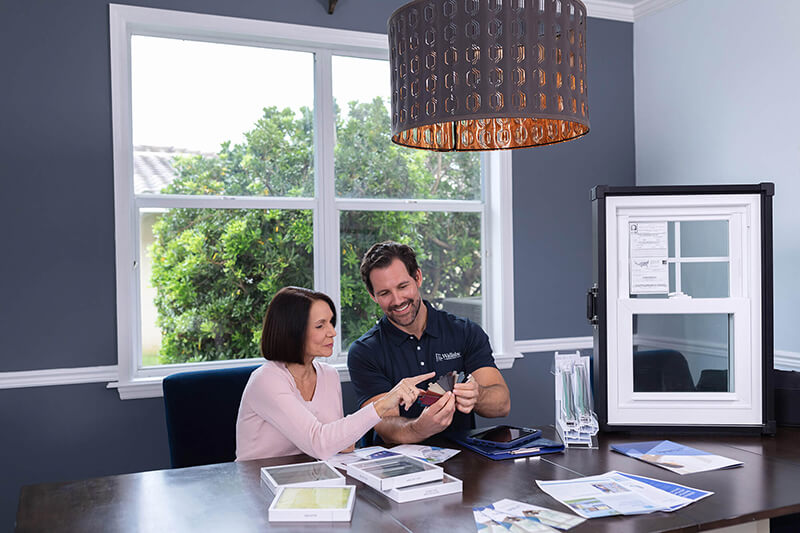
How to Make Your Home Improvement Project More Affordable
Home improvement projects can be both exciting and stressful, especially when trying to figure out how to pay for them. Whether you’re replacing your windows, entry doors, sliding patio doors, or exterior siding, Wallaby Windows of Nashville is here to help you understand your options and ensure you get the most value out of your project without breaking the bank.
Here’s our breakdown of the most popular ways to fund your next home improvement project with Wallaby Windows of Nashville.
1. Cash/Check/ACH
This method allows you to avoid debt and interest payments, making it an attractive option if you’ve set aside money for such projects.
There’s a reason why people say “cash is king” and that’s because it’s hard to beat the value of liquidity and the savings it can have on your project
Pros:
- No interest or fees
- No monthly payments
- No loan paperwork or credit checks
- Full control over your budget
- Typically offers a better discount
Cons:
- Can deplete emergency funds
- May take time to save up enough
2. Home Equity Line of Credit (HELOC)
If you've built up equity in your home, a home equity loan or HELOC can be a great way to finance home improvements. These options allow you to borrow against the value of your home, often at lower interest rates compared to credit cards or personal loans.
Pros:
- Lower interest rates compared to personal loans or credit cards
- Potentially large borrowing amounts (depending on your home’s value)
- Interest may be tax-deductible (check with a tax professional)
Cons:
- Your home is used as collateral, so you risk losing it if you default
- Requires significant equity in your home
- Fees and closing costs may apply
- Rates are often variable based on the Prime rate
3. Credit Card
For smaller home improvement projects, using a credit card might be a convenient option worth considering. Many credit cards offer introductory 0% APR for the first 12 to 18 months, which can make financing a renovation project more affordable in the short term.
Pros:
- Quick access to funds
- Potential to earn rewards or cashback
- 0% APR introductory offers can help save on interest/fees
Cons:
- High interest rates after the introductory period
- Could impact your credit score if you carry a balance
- Depends on your credit history
- Limited borrowing amounts based upon your credit score and household income
4. Home Improvement Financing
Our favorite solution is when our customers take advantage of the in-house financing options we provide in partnership with Regions bank. There are several plans with various terms that can be tailored to the specific scope of your renovation and ability to pay down the loan.
Pros:
- Simple application process (pre-approval takes 60 seconds)
- Soft credit check on the pre-approval (hard credit check upon full approval)
- Offering term loans as well as Same As Cash options
- Efficient funding with loan amounts up to $55,000
- Convenient loan processing and project funding with a national bank
Cons:
- Interest rates can be higher than traditional loans
- Closed-loop financing means you cannot use our financing with another contractor
- Expires after 5 months if not utilized
Conclusion
Funding your home improvement project doesn’t have to be so overwhelming. Whether you choose to dip into savings, tap into your home equity, or take advantage of our contractor financing via Regions bank, understanding your options is key to making a choice that fits your budget and long-term goals. In certain instances, it may be valuable to consider a combination of these funding solutions. Our team is here to help throughout the process to ensure replacing your windows, doors, and/or siding doesn’t have to wait.
Remember, home improvements are an investment in your property, so choose the option that offers the best value for your situation.
